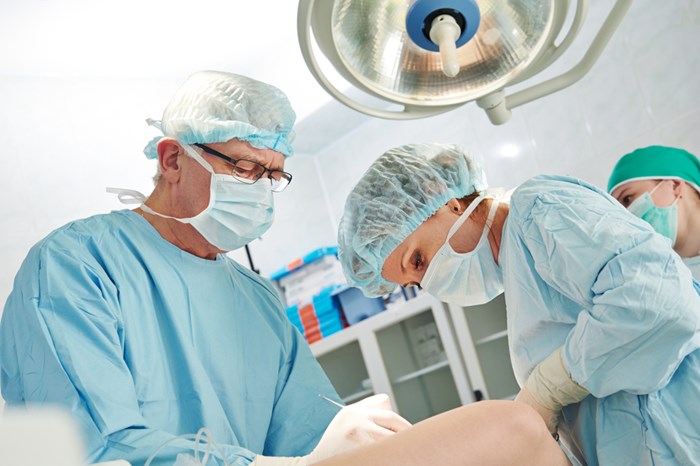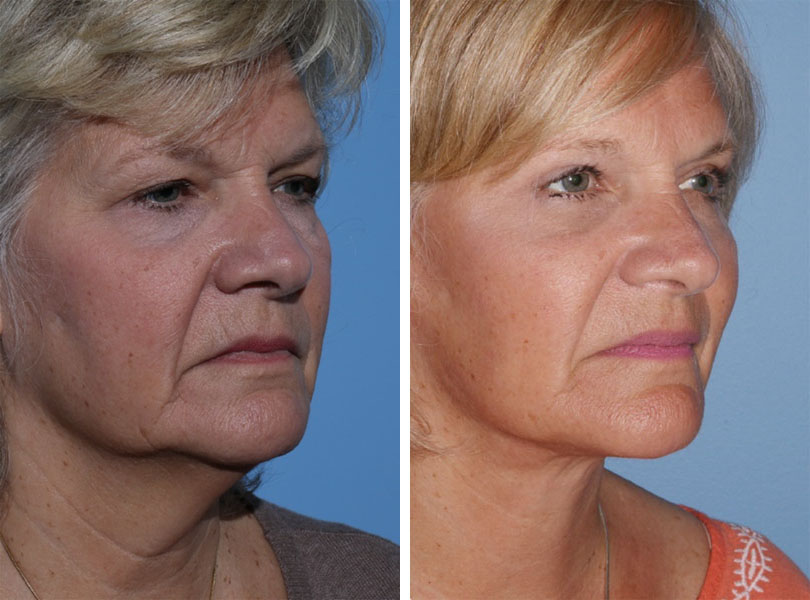
A revision of an existing nose job may be necessary after a primary nose job. Patients often want to make changes to their noses after they aren't satisfied with the results. A common reason to have a revision is a difficulty breathing. This might be due to an injury or small obstruction suffered during the primary surgery. The outcome of a revision depends on the patient’s health and cosmetic preferences. These are the factors you should consider before scheduling a revision to a previous nasal job.
Rhinoplasty
Rhinoplasty, a name that refers to the plastic surgery procedure of altering and reconstructing the nose, is common. Although there are many different types of rhinoplasty, the majority of people refer it to as a nose job. The revision rhinoplasty is the most common type. Rhinoplasty can be a good option for those who have difficulty with their nose breathing or are unhappy about their appearance.

Nasal hump excision
Nasal hump removal is used to remove the nasal bump and create straight nostrils. The hump includes the cartilage and bone just above the scalloped grey line. With a Jie Pou Dao, the surgeon removes the cartilage portion from the hump. To remove the nasal hump bulk, the surgeon uses an osteotome. To sculpt the bone flap, and the cartilage below, bone-scraping rasps can be used.
Paramedian forehead flap
Paramedian forehead flaps are a type interpolated flap that is used in facial reconstruction to correct large deformities. This type nose job is often used for large deformities, such as the Cleft Lip and Cleft Palate. This procedure is ideal for patients who smoke, or have other medical conditions that can prevent the donor site from healing. This surgery will leave a scar on the donor site but is less painful than other types.
Rhinoplasty cost
Although rhinoplasty is relatively affordable, it can still be expensive if you choose a well-known surgeon. A well-respected surgeon will charge more than a less experienced surgeon. This is why it is important to do your research on the surgeon's credentials as well as read reviews from patients. The cost of rhinoplasty surgery depends on the surgeon's experience as well as their credentials. However, there are many other things you can consider.

Recovery time after Rhinoplasty
The extent of the surgery, patient's condition, and recovery time are all factors that affect the length of recovery. You can expect some pain and swelling to be felt for up to six days following surgery. Patients can return to work in three days. After the swelling has subsided, patients may be able to resume their normal activities. Although the pain from rhinoplasty is usually short-term, in some cases, it can last as long as a whole year.